Toothpaste can seem very attractive to small children. Maybe that’s why parents are putting too much toothpaste on their children’s toothbrushes. So says a new study from the Centers for Disease Control and Prevention.
Brushing teeth can seem like an unpleasant chore to children. But toothpaste makes that task more desirable. First of all, toothpaste has that sweet taste that kids crave. Not to mention, toothpaste tubes are decorated with brightly colored cartoon characters that have kids begging their parents to, “Buy this one, Mommy. Please???”
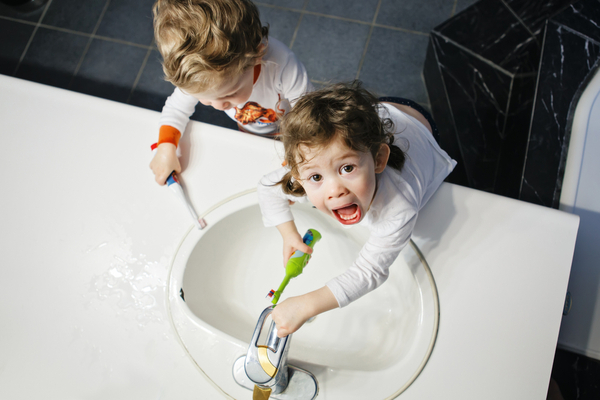
So maybe all of this is the reason that parents are overdoing it when it comes to loading up that toothbrush. But whatever the reason, the fact is that close to 40 percent of children ages 3-6 are using too much toothpaste, which means they’re getting too much fluoride.
Maybe that’s because kids actually need so little toothpaste to do the job that parents way overestimate the correct amount?
How Much Toothpaste?
It could be. After all, kids aged 3-6 are only supposed to have a pea-sized amount of toothpaste on their toothbrushes. And kids younger than that are meant to have an amount of toothpaste the size of a single grain of rice—in other words, a smear.
So now you know how much toothpaste kids are supposed to have. You also know that kids are getting too much toothpaste: up to twice the recommended amounts. What’s the problem with that, exactly?
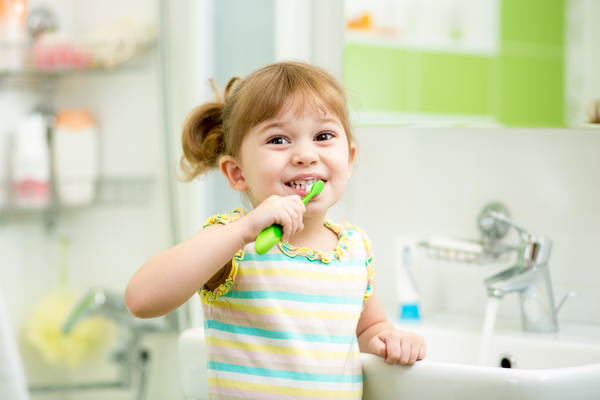
Kids are swallowing the stuff. They almost can’t help it. Especially when you don’t stand over them and keep reminding them not to swallow. And that means children are taking in too much fluoride, which can lead to fluorosis.
Too Much Toothpaste=Fluorosis
Now when mild, fluorosis is not such a big deal. It may cause some white discoloration on the teeth. But when fluorosis is severe, it can cause pitting of the teeth, with the rotten spots stained brown to devastate a child’s smile. This is permanent damage we’re talking. Your child will carry that rotten brown smile into adulthood, though the stains can be masked somewhat with (expensive) cosmetic treatment.
The crazy thing is that only children are at risk for fluorosis. Adults don’t have to worry about getting too much fluoride. That’s because, as the American Dental Association (ADA) explains, “The chance of development of fluorosis exists through approximate age eight when the teeth are still forming under the gums.”
What’s the good/not so good news in this story?

Brush That First Tooth
It seems that the same CDC report that found parents are putting too much toothpaste on kids’ toothbrushes, found that kids aren’t brushing early enough or often enough. As many as 80 percent of children aged 3-15 didn’t begin brushing their teeth until after their first birthday. That’s way too late, says the ADA. Parents are supposed to begin brushing their children’s teeth the minute a tooth can be seen.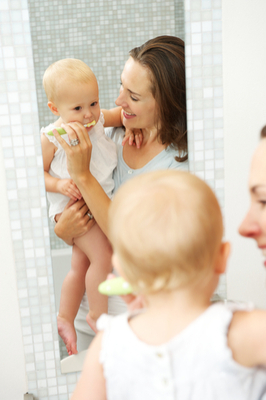
Children, moreover, are brushing once a day, when twice a day is recommended.
What’s good about any of this? Kids are actually taking in less fluoride than they might have if they’d been brushing from an earlier age or enough times a day. Still, it’s less about that than using the wrong amount of toothpaste (and not standing over kids as they brush, reminding them not to swallow.)
Younger Kids Swallow More
The swallowing issue may be why the CDC recommends that children under age 2 use non-fluoridated toothpaste. You could remind a 1 year-old not to swallow until you’re blue in the face, and it won’t make a difference. They’re going to swallow. And in fact, a Brazilian study found that the amount of toothpaste a child swallows is linked to age. The younger a child is, the more toothpaste he or she is likely to swallow.
At any rate the American Academy of Pediatrics (AAP), American Academy of Pediatric Dentistry (AAPD), and American Dental Association (ADA) disagree with the CDC on the issue of what kind of toothpaste to use with younger children. They say that as long as you use only a smear of fluoride-containing toothpaste, equal to the size of a grain of rice, your baby’s future smile is safe. Even if he swallows.
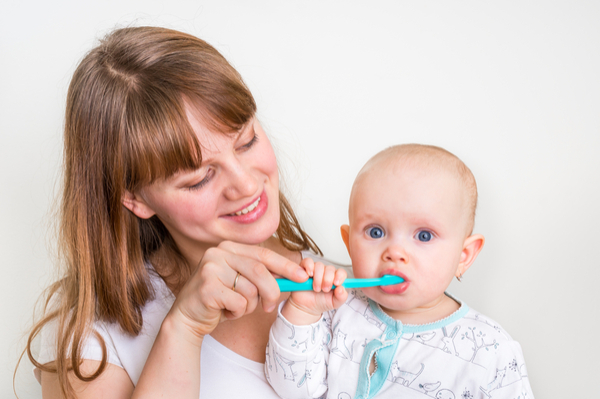
Meantime, older kids (3-6) should be getting no more than 0.25 grams of fluoridated toothpaste, the size of a pea. But fully 38 percent of children in this age group are using too much. Of the 38 percent, 17.8 percent are squeezing out a line of toothpaste to load the full length of the brush. Even those who use half that amount squirting out half a line of paste, 20.6 percent, are way over the safe limit for fluoride ingestion.
Toothpaste Takeaways
So, what are the takeaway points from all this?
- Brush beginning with baby’s first tooth.
- Use the right amount of fluoridated toothpaste: grain-of-rice-sized smear for kids under 3, a pea-sized amount for kids ages 3-6.
- Make sure your child brushes twice a day.
- Watch to make sure your child spits and rinses after brushing.
- Keep all toothpaste and fluoride rinses and mouthwashes safely out of reach of children.

Found what you just read useful? Why not consider sending a donation to our Kars4Kids youth and educational programs. Or help us just by sharing!
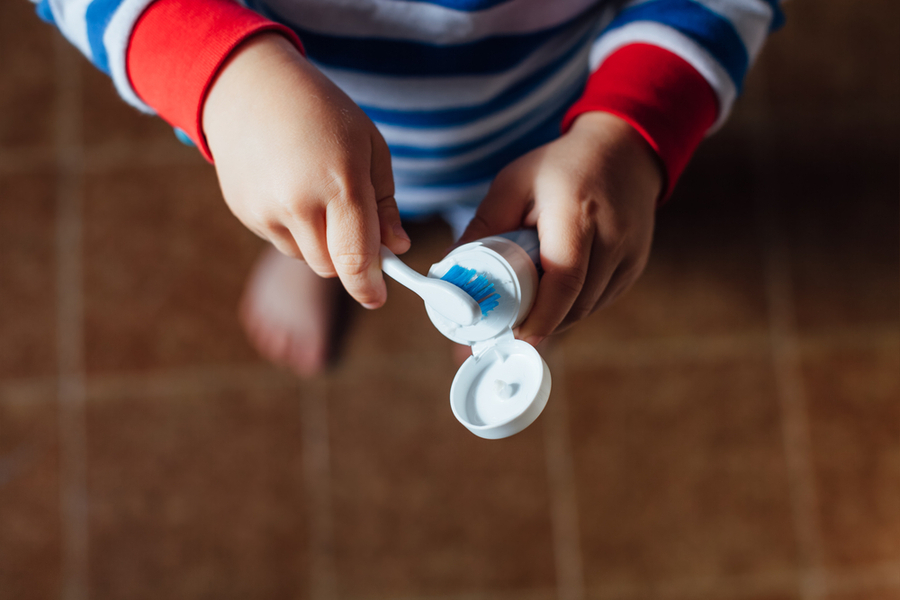
The more you use, the more they sell.
Well, yes. But wouldn’t you think they’d be leery of lawsuits, if pushing large amounts in tv commercials leads to black, cratered teeth?